Stenhousemuir away will evoke different reactions for different generations of St Johnstone supporters.
For those under the age of 30, it will be two big wins in the League Cup in 2008 and 2009 (a combined scoreline of 10-1) that spring to mind.
Fans a bit older still bear the scars of one of the club’s all-time worst results – a 1995, 4-0 Scottish Cup replay defeat for Paul Sturrock’s shell-shocked side.
Even the fact it turned out to be a line-in-the-sand night for a manager who would bring Saints back to the top flight doesn’t lessen the trauma for all who witnessed it.
However, speak to the oldest-living Muirton and McDiarmid diehards, and they may well take you back to a game that was played out 60 years ago this week at Ochilview and could justifiably be given the title of ‘St Johnstone’s greatest ever comeback’.
Wiping out a four-goal deficit with three different goalkeepers made for a never to be forgotten occasion – especially as it was part of a title-winning campaign.
By the time the Stenhousemuir match came around – Saints’ fifth of the 1962-63 Second Division season – Bobby Brown’s men had already scored 17 goals, including seven in a thrashing of Albion Rovers.
But falling 5-1 behind to Stenny (after taking the lead early in the contest through a Charlie McFadyen 50-yard lob) with just 20 minutes to go was a challenge that should have been beyond the capabilities of even a free-scoring team such as this one.
Goalkeeper crisis
Keeper Billy Taylor had been carried after just 12 minutes with a head injury.
His replacement Jimmy Lachlan conceded two goals before Jim Townsend was given a go between the posts to see if he could do any better.
‘With a plaster on his forehead’ as reported in the Sporting Post, Taylor was deemed fit enough to play outfield as a left winger with 10 minutes to go before half-time.
There was no such thing as head injury protocols back then as, with Saints trailing 3-1 at the break, he re-emerged in goals for the second half.
It looked to be a wasted gamble as three became four and four became five, only for Saints to score four times within the space of six minutes, leaving themselves with 13 minutes to snatch the most dramatic of late winners, which John Bell (on a hat-trick) came agonisingly close to doing at the death.
A club record run of league games without defeat would subsequently stretch to 19, with the biggest threat to promotion back to the First Division turning out to be a two-and-a-half month winter freeze and football shutdown.
Saints, captained by hall-of-famer Ron McKinven, would go up as champions and a new era of top flight football, which would be taken to greater heights by Willie Ormond’s legends, had begun.
And in terms of one-off comebacks, what happened at Ochilview six decades ago remains at the top of the pile.
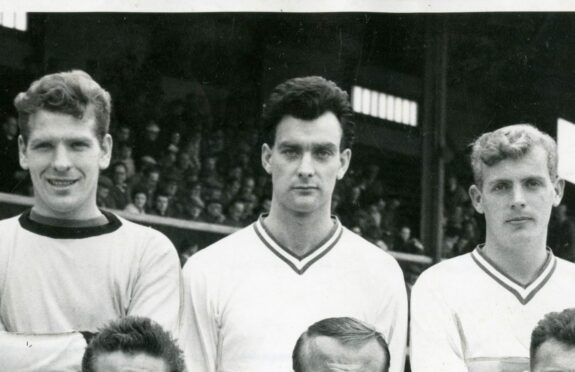
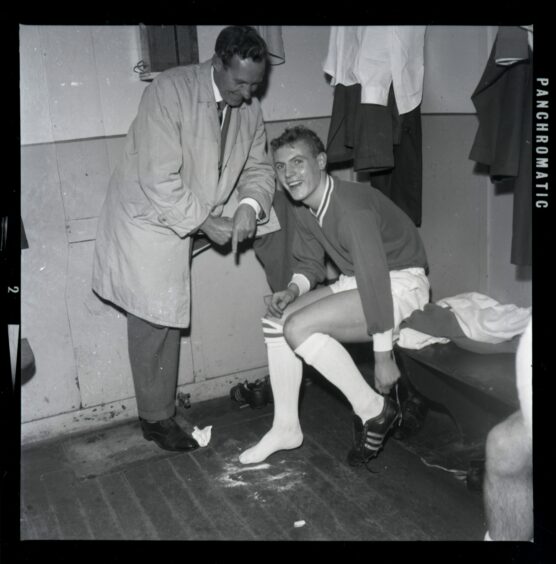
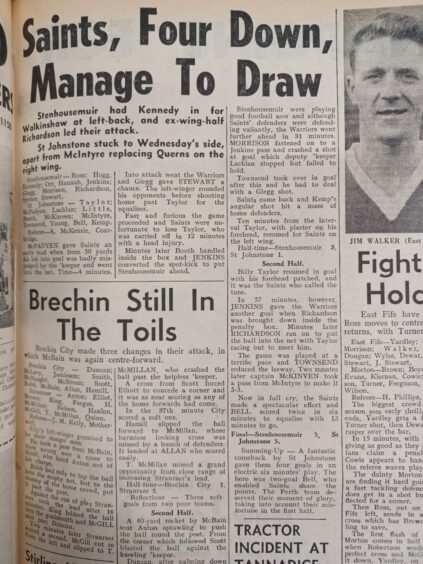
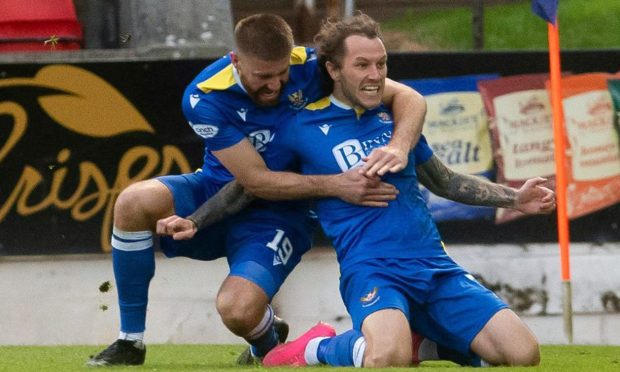
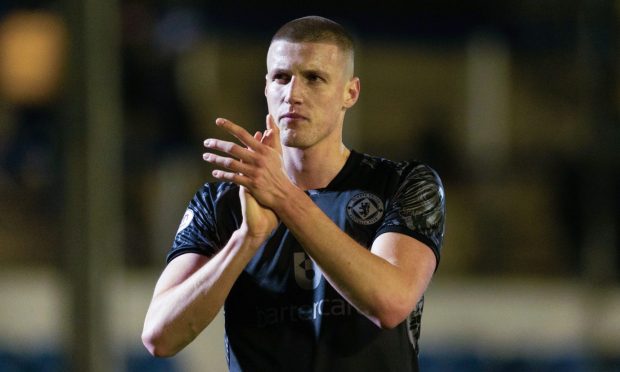
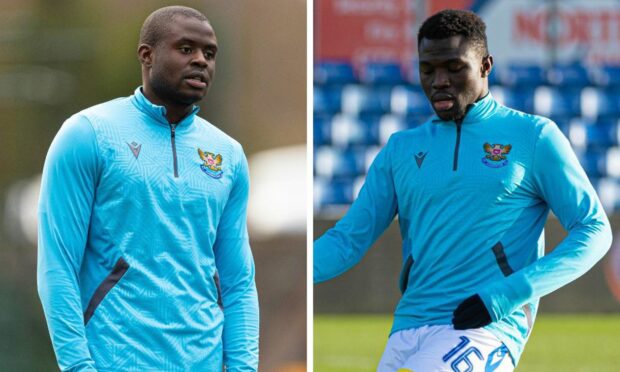
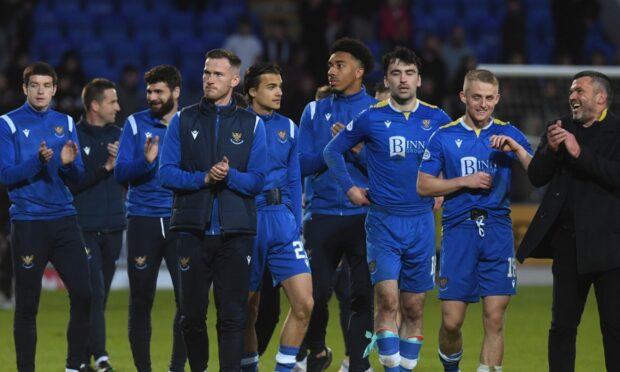

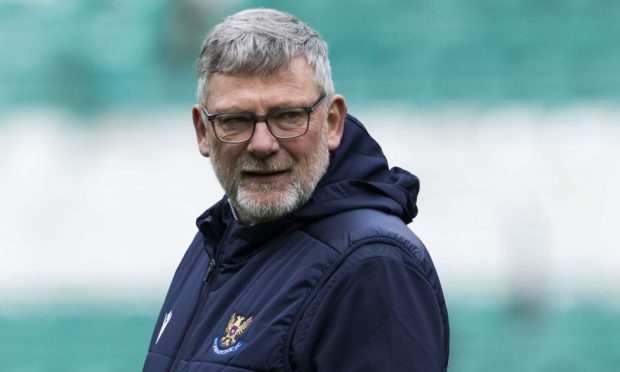

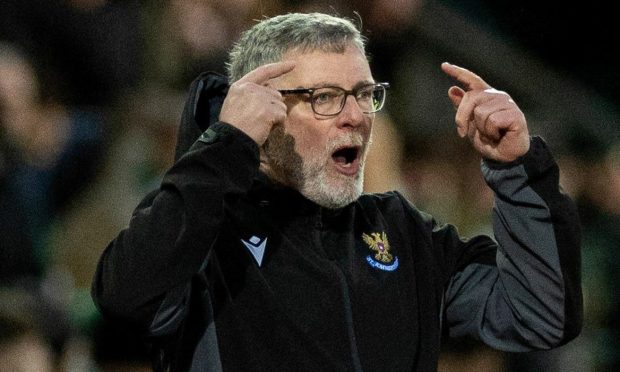
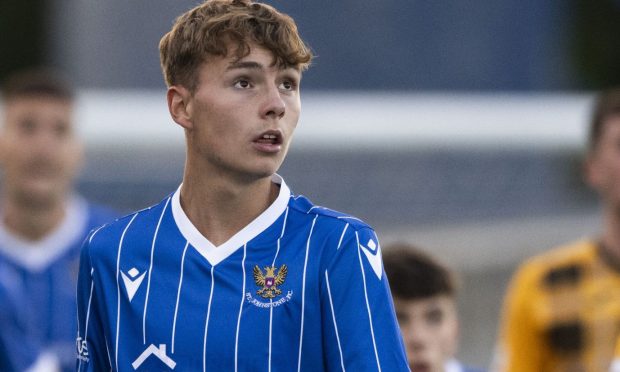
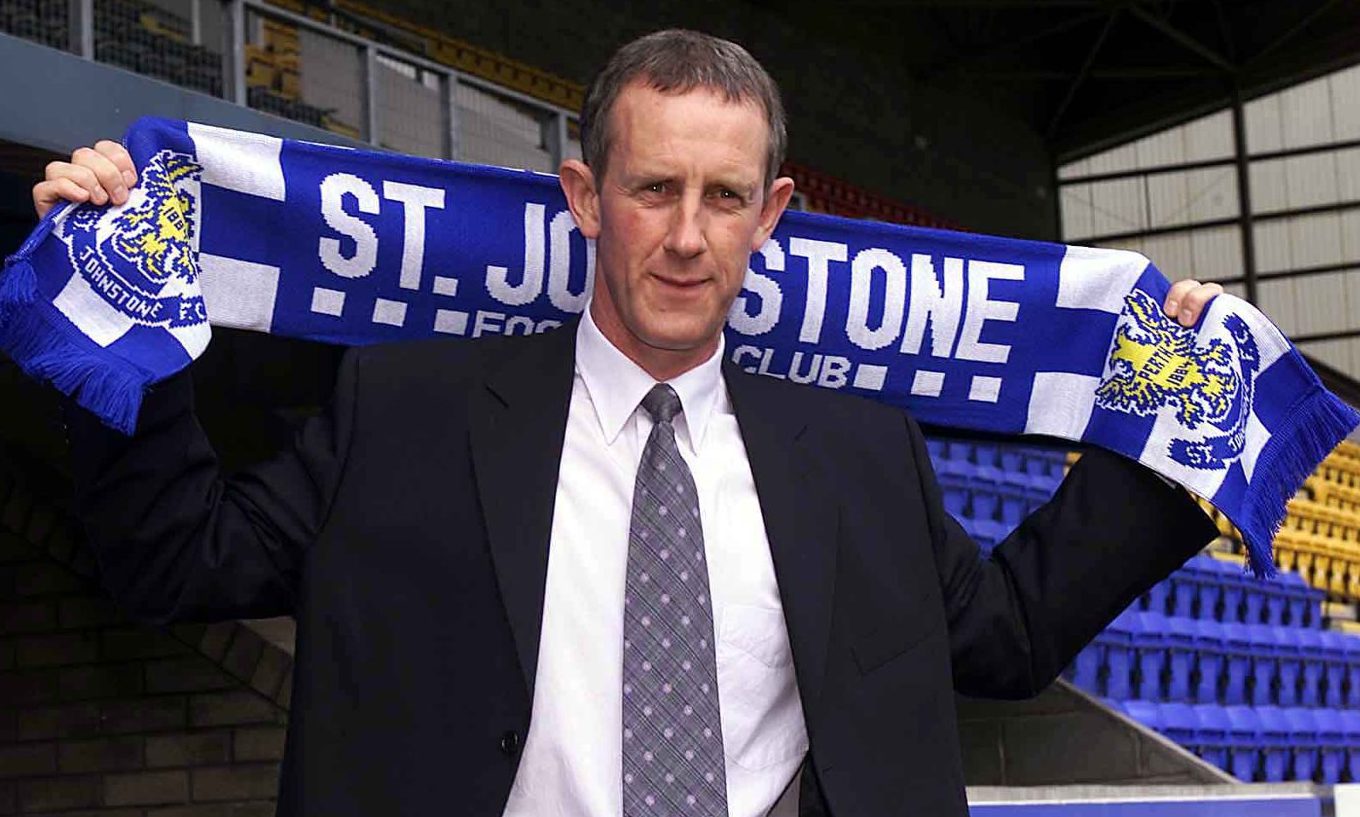
Conversation